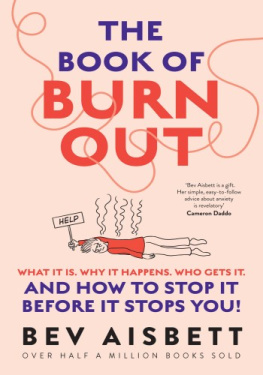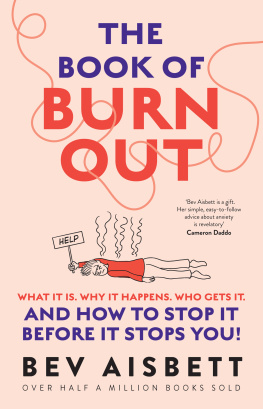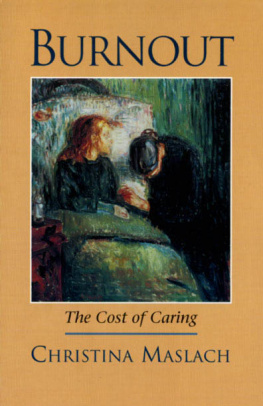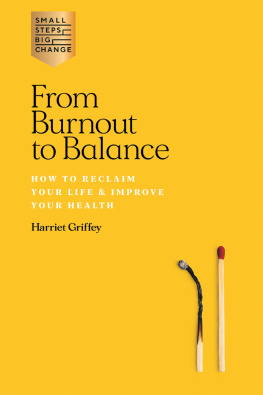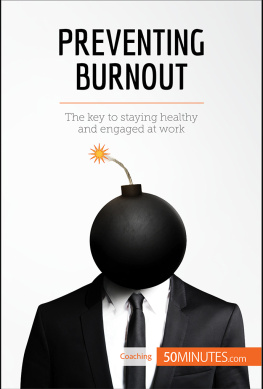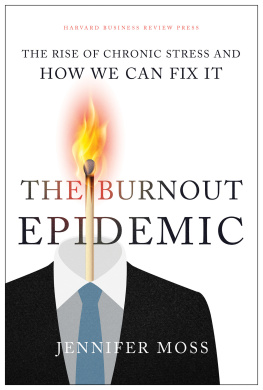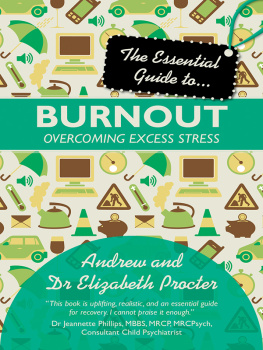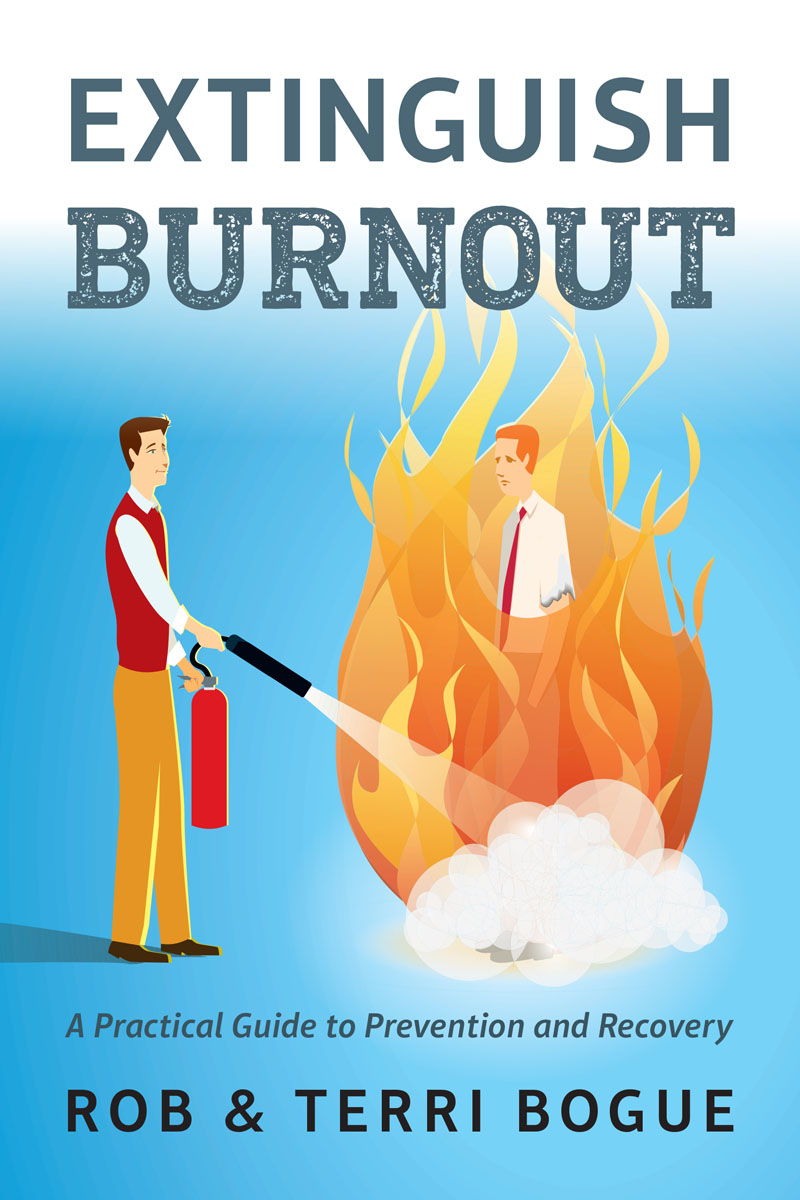

Copyright 2019 Robert and Terri Bogue. All rights reserved.
This publication is designed to provide accurate and authoritative information regarding the subject matter covered. It is sold with the understanding that neither the publisher nor the author is engaged in rendering legal or other professional service. If legal advice or other expert assistance is required, the services of a competent, licensed professional should be sought. The federal and state laws discussed in this book are subject to frequent revision and interpretation by amendments or judicial revisions that may significantly affect employer or employee rights and obligations. Readers are encouraged to seek legal counsel regarding specific policies and practices in their organizations.
This book is published by the Society for Human Resource Management (SHRM). The interpretations, conclusions, and recommendations in this book are those of the author and do not necessarily represent those of the publisher.
This publication may not be reproduced, stored in a retrieval system, or transmitted in whole or in part, in any form or by any means, electronic, mechanical, photocopying, recording, or otherwise, without the prior written permission of the publisher, or authorization through payment of the appropriate per-copy fee to the Copyright Clearance Center Inc., 222 Rosewood Drive, Danvers, MA 01923, 978-750-8600, fax 978-646-8600, or on the web at www.copyright.com. Requests to the publisher for permission should be addressed to SHRM Book Permissions, 1800 Duke Street, Alexandria, VA 22314, or online at http://www.shrm.org/about-shrm/pages/copyright--permissions.aspx. SHRM books and products are available on most online bookstores and through the SHRMStore at www.shrmstore.org.
SHRM, the Society for Human Resource Management, creates better workplaces where employers and employees thrive together. As the voice of all things work, workers and the workplace, SHRM is the foremost expert, convener and thought leader on issues impacting todays evolving workplaces. With 300,000+ HR and business executive members in 165 countries, SHRM impacts the lives of more than 115 million workers and families globally. Learn more at SHRM.org and on Twitter @SHRM.
Library of Congress Cataloging-in-Publication Data
Names: Bogue, Robert, 1972- author. | Bogue, Terri, author.
Title: Extinguish burnout : a practical guide to prevention and recovery / Robert Bogue and Terri Bogue.
Description: First edition. | Alexandria, VA : Society for Human Resource Management, [2019] | Includes bibliographical references and index.
Identifiers: LCCN 2019012956 (print) | LCCN 2019015233 (ebook) | ISBN 9781586446352 (pdf) | ISBN 9781586446369 (ePub) | ISBN 9781586446376 (Mobi) | ISBN 9781586446345 (pbk. : alk. paper)
Subjects: LCSH: Burn out (Psychology) | Job stress.
Classification: LCC BF481 (ebook) | LCC BF481 .B64 2019 (print) | DDC 158.7/23dc23
Printed in the United States of America
FIRST EDITION
PB Printing 10 9 8 7 6 5 4 3 2 1
61.19504
Dedication
We dedicate Extinguish Burnout: A Practical Guide to Prevention and Recovery to our families.
Terri didnt get the benefit of knowing her father, Fritz, for long, but he left her with a lasting connection. The stories and memories of Fritz fused into a guardian angel that she could depend on throughout her life, except when swinging on the monkey bars. Terris mom, Carol, carried the burden of both parents and became Terris biggest fan (until Rob came along). Carol showered Terri with unwavering love and imparted the belief that anything was possible. These beliefs empowered Terri to reach beyond her wildest dreams. Fritz and Carol provided a foundation based on love that has continued and spread beyond their lifespan.
Robs father, also named Robert, left an indelible mark on his desire to both create and understand how things work. Robs mother, Carrie, challenged and encouraged him. She cheered him on as he struggled to learn the true meaning of the lessons that both she and Robert had taught Rob. Beyond the biological truism of genetics, Rob owes much of what he is to them both.
Our history defines us, and so too do we seek to be strong examples for our children. Somehow, theyve found ways to challenge us and create new adventures that force us to continue to grow and adapt. In this struggle, the children have taught us new skills to avoid burnoutor at least the need to develop new skills to avoid burnout. We are forever grateful to our children for their love and devotion. May this book provide each of you with tools to avoid burnout and live a life full of passion and joy.
Table of Contents
Introduction
T his project started both as a direct result of our need for it and through a serendipitous nudge. With seven kids, three business lines, a patent that has been pending for two and a half years, and countless projects in various stages of stuck, we were struggling.
The news all around us was screaming out that we werent alone. Though our circumstances were unique to us, the challenge of avoiding burnout wasnt. Gallup reports that only 33 percent of employees are engaged, and about 66 percent of full-time workers experience burnout on the job. Reports say that 78 percent of physicians are sometimes, often, or always burned out (Physicians Foundation 2018). The Institute for Healthcare Improvement goes so far to say that, if burnout in healthcare were described in clinical or public health terms, it might well be considered epidemic (Perlo et al. 2017).
ENGAGEMENT AND BURNOUT
Organizations today are facing incredibly low employee engagement scores. By grading standards, nearly every organization is failing. However, the path from disengaged to engaged employees isnt always clear. Certainly, the annual employee surveys have data that says employees arent happy, but its not completely clear how to address it. Betterand morecommunication can help. Maybe putting free soda or snacks in the break room could help. Maybe the organization will have to put in a cafbut will that solve the problem?
In many cases, it will make it better but not solve the disengagement problem. Employees are caught in disengagement because theyre stuck in burnout. Theyre not disengaged with the organization, theyre disengaged with their careeror with life. Theyve fallen into the trap of burnout.
Burnout is a continuum, and were all somewhere on the continuum. Well teach you how to move towards less burnout and more engagement with life.
Burnout is the opposite end of the spectrum from engagement. People who are burned out are unable to be excited about their organization or what theyre doing. Its simply not possible.
BURNOUT IS RECOVERABLE
The key to fixing engagement isnt a new vacation policy. The key is in removing burnout from everyone. The key is helping employees avoid and recover from burnoutwhether the burnout comes from work, home, or the community. Burnout bleeds from one area of their life into another; even if its not caused by work, the productivity impacts are felt there.
Burnout itself has been well diagnosed with the Maslach Burnout Inventory (MBI) and, more recently, the Copenhagen Burnout Inventory (CBI). However, diagnosis isnt a cure. Thats what this book is about. Rather than offering a way to diagnose burnout, we offer a set of models and skills that make it possible for you to recover from burnout yourself.
Next page

